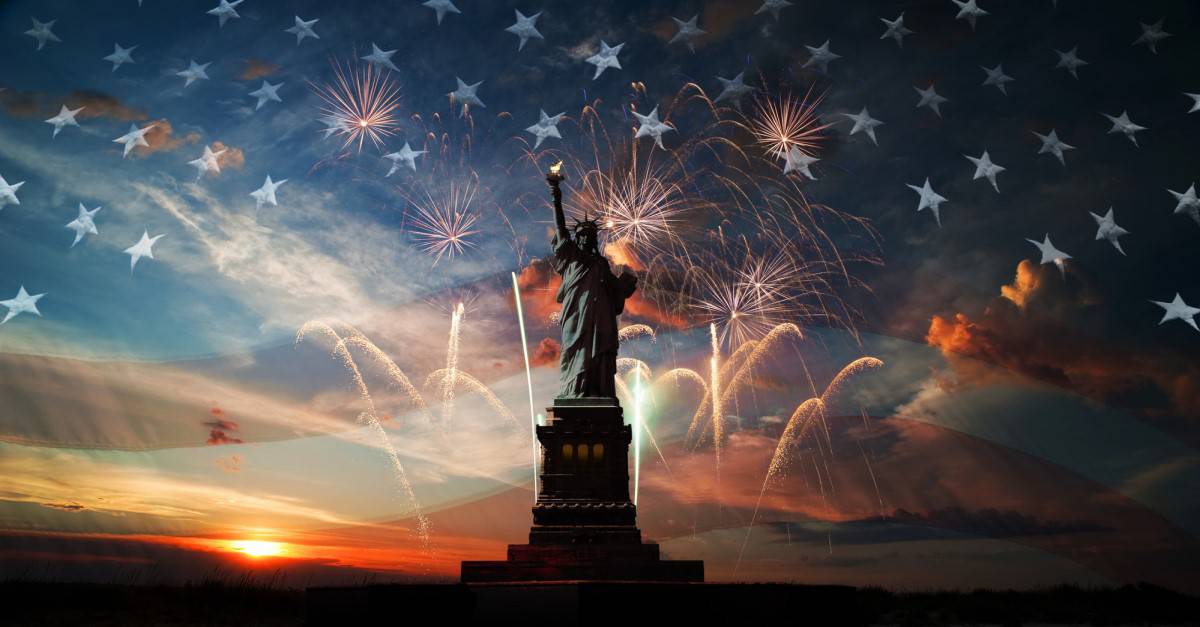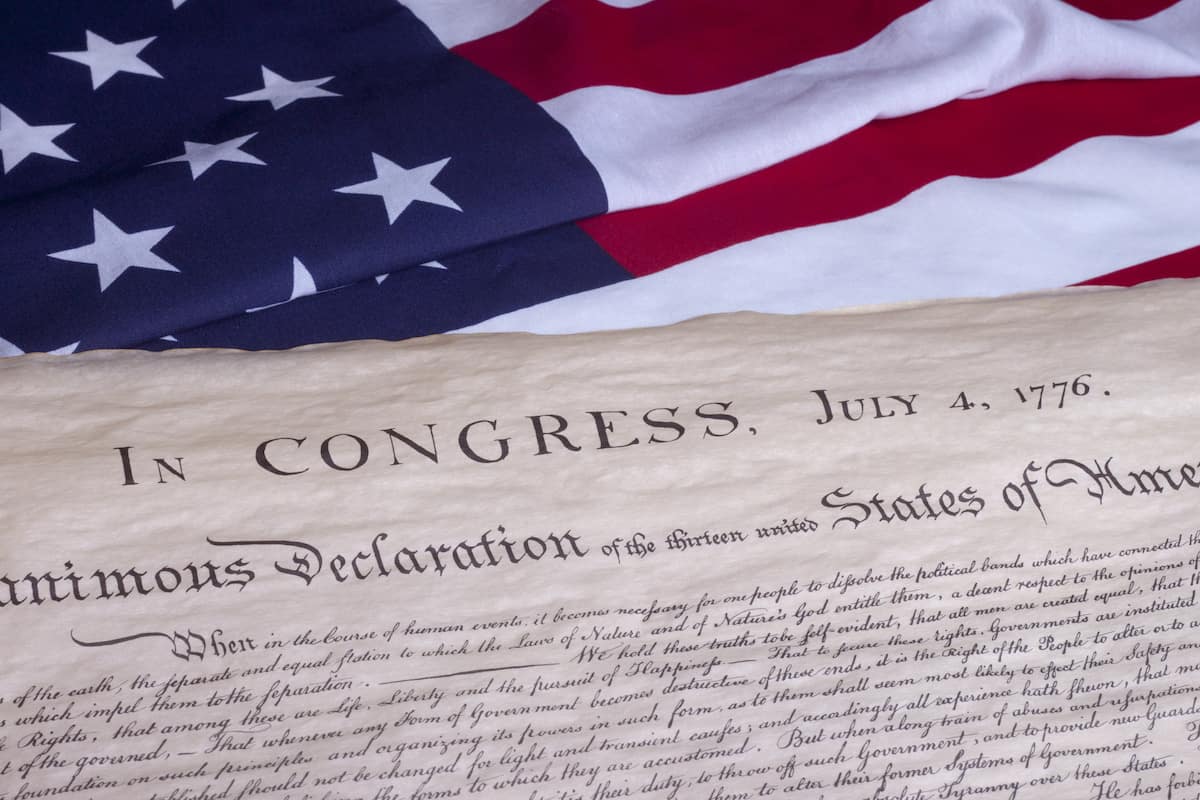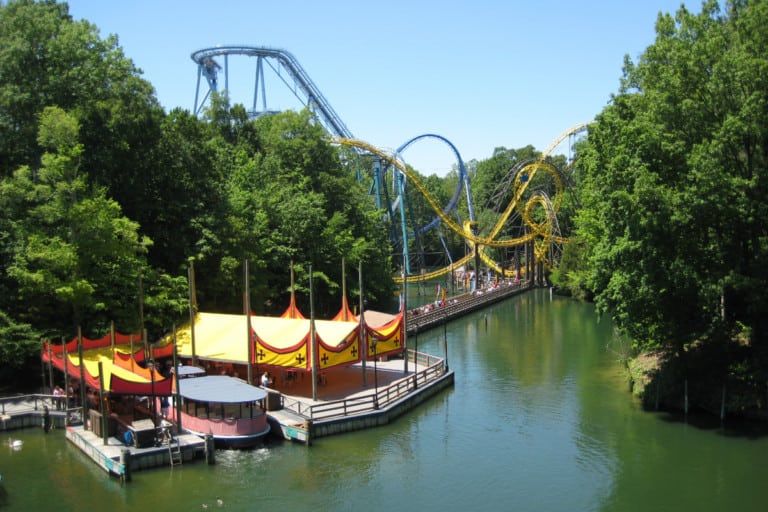Independence Day History: Why We Celebrate the Fourth of July

Ever wonder why Americans celebrate Independence Day on July 4th? Or what it really means? Read on to learn all about Independence Day history in America.
The Fourth of July is a very important American tradition, for reasons beyond beachside barbecues and family time! So it’s also worth knowing a little bit more about its history. The following historical July 4th facts from the original 13 colonies to 50 states today will help boost your patriotic spirit.
Why Do We Celebrate Independence Day in the United States?
Independence Day marks the day the original 13 American colonies ratified the Declaration of Independence, establishing them as an independent nation, separate from Great Britain. Even though the American Revolutionary War did not end until 1783, this bold act ensured the birth of a new nation.
Over the years, Americans have celebrated this day, but it didn’t become a federal holiday until 1941. Today, the Fourth of July is a cause for celebration around the nation. Whether it’s celebrated with a parade, family getaway, or a barbecue, knowing the history of Independence Day makes it a more meaningful American tradition.
A Brief History of July 4th in the USA

Early British settlements, including Jamestown and Plymouth, emerged up in “the New World” as early as 1609 and 1620. But over time, there was a great disconnect between the British government and those living in the American colonies. The colonists wanted to establish an independent government.
Political and philosophical tensions escalated between Great Britain and the 13 colonies prior to the war. While few wanted independence when the war began in 1775, the tide began to shift. By April 19, 1775, the Battles of Lexington and Concord marked the beginning of the American Revolutionary War. On June 7th of 1776, the Continental Congress met in Philadelphia to draft a statement to declare independence. The Declaration of Independence, largely written by Thomas Jefferson, and championed by John Adams and John Hancock, sent a powerful signal to King George III and other British leaders.
Congress officially voted in favor of Independence on July 2, but the resolution wasn’t officially adopted until two days later. The Liberty Bell rang out, signaling a new era.
While the Revolutionary War didn’t end until 1783, in July 1776, the American colonies had become an independent nation.
Why Do We Celebrate July 4th With Fireworks?

Even the Founding Fathers enjoyed a good party! In 1776, the year before the first celebration, John Adams wrote to his wife, Abigail, that he envisioned July 4th as “the most memorable Epocha, in the History of America. I am apt to believe that it will be celebrated, by succeeding Generations, as the great anniversary Festival.”
And his prediction didn’t disappoint. In 1777, Americans celebrated with parades, parties, and of course, fireworks. The Pennsylvania Evening Post described the July 4th festivities as “a grand exhibition of fireworks” complete with 13 rockets— one for each of the colonies. From the beginning, even with the ongoing war, Americans were eager to celebrate the first anniversary of this national holiday. Even over 250 years after the initial fireworks display, the celebratory traditions continue.
What Are Some Fourth of July Moments in History?
July 4, 1776, hasn’t been the only significant Fourth of July in the United States! Here are some other July 4th moments over the years:
- Louisiana Purchase (1803) – This transaction that involved the acquisition of the territory known as Louisiana from the United States occurred in April. However, government leaders officially announced the purchase on Independence Day later that year.
- Deaths of Thomas Jefferson and John Adams (1826) – The dynamic complementary political philosophies of these two founding fathers helped shape American history. So it’s quite fitting that they died on the same day that marks the birth of our nation.
- Slavery Ends in New York City (1827) – The city of New York once had the largest slave population in all of the USA. While a law was passed in 1817 to free all slaves, the law would only take complete effect years later. The real history of Independence Day reveals that the last slave wasn’t free until the Fourth of July in 1827.
- Hawaii Gets a Star (1960) – The island state of Hawaii became part of the United States in 1959. However, a star wasn’t officially added to the flag as the 50th star until July 4th of the following year!
- Hotmail hits the Internet (1996) – It might not seem like a big deal, but the electronic mail provider Hotmail got its start. While Gmail is more prominent now, Hotmail ushered in an entirely new era of connectivity.
Independence Day History and New Traditions
Independence Day has been an important part of the American legacy since 1776. It may have started with the Declaration of Independence, but it’s a wonderful time to celebrate patriotism with parades, fireworks, and festivities!
In addition to tried-and-true patriotic celebrations on this holiday, many families have newer traditions, like watching a baseball game, hitting the beach, or serving patriotic drinks.
Do you have a favorite Independence Day tradition? Share it with us on social #getfamilyapp. Whether you want to learn about American history or simply spend time with family, make a plan for some celebrations. No matter how you like to enjoy the day, be sure to spend some quality time with friends and family!





